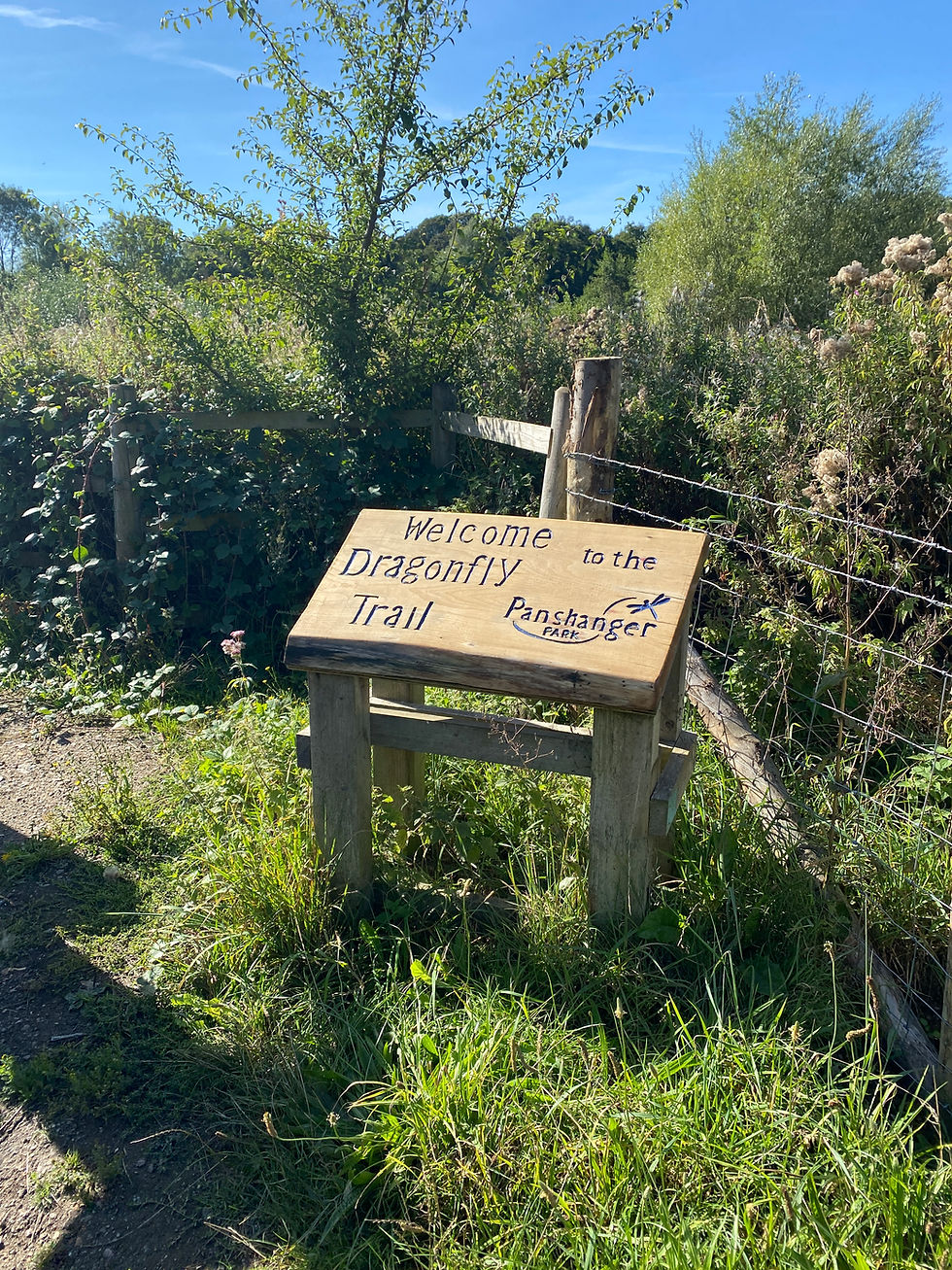To Till or not to Till
- Alice Clark

- Dec 22, 2021
- 3 min read
Updated: Jan 24, 2022
Deep out in the rural coast of Essex, on a typically cloudy British morning, some of our members found themselves at Mott’s Farm. A 400-acre arable farm, growing a wide range of crops, owned by Simon Cowell (Soil Farmer of the Year - 2018), who has been a pioneer of the regenerative agriculture movement for nearly 20 years.

As Simon began the tour, one comment was at the tip of everyone’s tongue. The soil. Despite the farm sitting on predominately heavy clay loam, no-one had anything stuck to their boots. Everyone’s interest was further piqued when Simon told us he had had the tractor on the field less than two weeks previously, and yet there were no signs of this anywhere. It was here that Simon gave us his first piece of advice. A key part of his soil management included keeping the weight off the soil: using smaller, lighter machinery; soft tires to spread the weight out; and with his no/min-till, less traffic on the field. Drainage was another key component, with Simon suggesting that mole draining all the fields every 6/7 years had been the solution for effectively managing his drains.

Previously, when Simon still ploughed and tilled the land, the heavy clay had led to short windows for cultivation, with the gap between the hard, baked soil during the summer and the sticky, wet soil during winter almost non-existent. The plough had been the first to go, as it become essentially useless, and it was not long after that subsoiling and discing was also forgotten about. With this natural move towards minimum till; Simon soon established direct drilling as his chosen method for crop establishment, and he ceased growing oilseed rape.

However, Simon, with his keen interest in his soil, soon realised that he appeared to be finding fewer, and fewer of the larger worms found deep in the soil, on the fields which had been left to over-winter stubble. This led to him establishing cover crops over winter to help boost the worm numbers. Initially, this was not particularly successful, and Simon found that the field conditions in spring took longer to achieve, as the cover crop blocked the sun from warming the soil and drying it out, ready for spring drilling. Unfortunately, as many would agree, there is never a single solution which works on every farm, and Simon, with his innovative ideas, was ready to test them with a trial-and-error approach.

These trials range from: a companion cropping trial using a field of Lucerne which annually has a blend of wheat cultivars sown into it; a nitrogen free organic crop trial consisting of an organic crop of heritage variety wheat which has no inputs, to test yield quantities and profit margins; and Simon also makes his own compost which he uses across the farm on a rotation.
One particular trial which was discussed included an alternative to traditional cover crops that Simon calls ‘worm food.’ The ‘worm food’ is a cover created from a grass and clover mix that Simon chose, which could be broadcast onto the field, and would grow slower and slightly thinner than his previous cover crop. Thus, still providing the winter cover and food to help support the worm population, whilst also allowing the soil to warm and dry in the spring. Where it would be ready for the spring crop to be drilled directly into the cover, which can later be sprayed off. This quickly led to Simon’s key piece of advice for the day, which is that you must be willing to test and adapt on your soil management journey, and that sometimes you need to be prepared to give it time to see results. The first 2/3 years can be difficult, and low yields, and other setbacks, can lead to people giving up, but you need to power through. Converting to minimum/no till can be done successfully, you just need to give it time to start to see the rewards.

A strong root system, improving aeration and drainage, and supporting the soil biology through the winter.
You can follow Simon’s journey on the Mott’s Farm blog: https://mottsfarm.co.uk/blog/




Comments